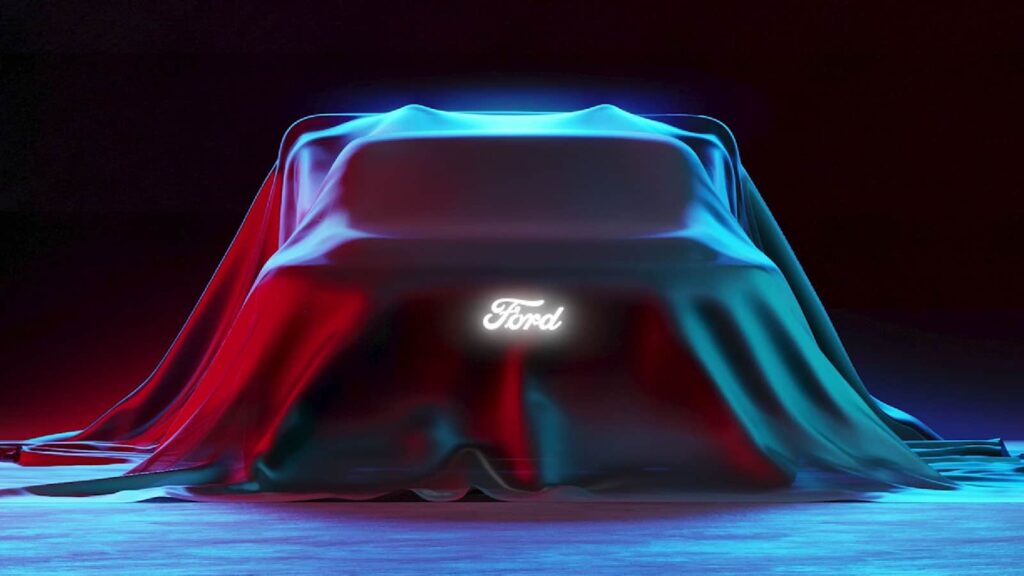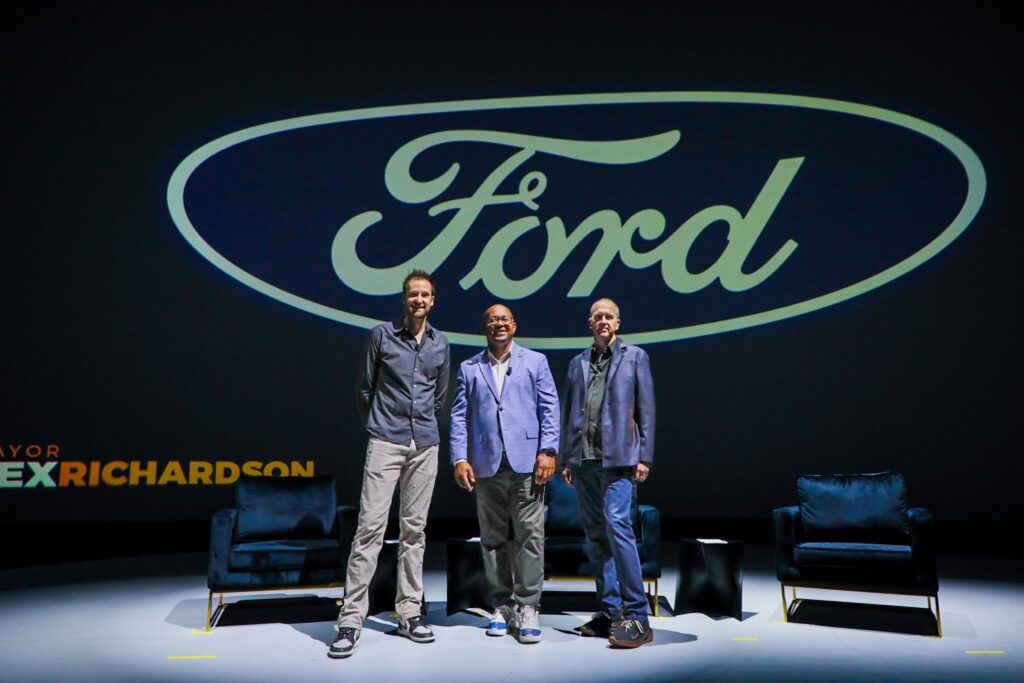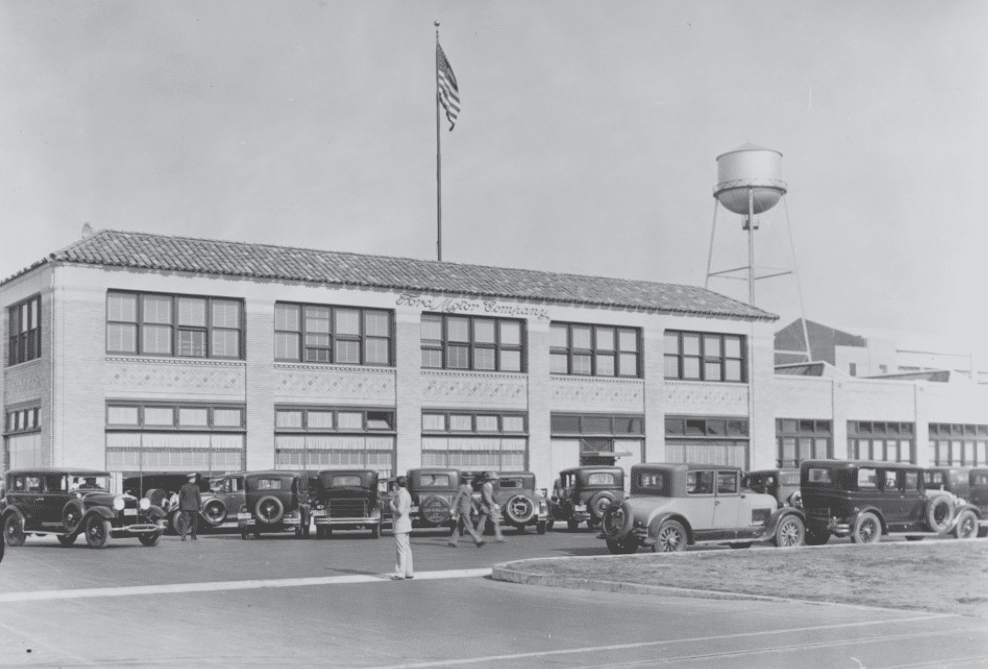Ford Will Develop Small, Affordable EVs at New Facility in Long Beach, CA
There was exciting news released yesterday from Long Beach, California. Ford is planning to create a new research-and-development facility in the city for its previously announced “low-cost, flexible electric vehicle platform.”
The presence of Ford’s new research-and-development facility planned in Douglas Park, near Long Beach Airport, indicates a significant investment in the area and highlights the company’s commitment to advancing electric vehicle technology. This move could bring numerous benefits to the local community, including job opportunities, economic growth, and an increased focus on sustainable transportation solutions.

“Long Beach is a key part of our broader strategy to attract top talent to develop future vehicles and experiences for our customers,” Doug Field, Ford’s chief EV, digital and design officer, said in a statement.
Ford’s announcement at Mayor Rex Richardson’s Grow Long Beach economic showcase on June 26 is a promising development for the region. The new campus, set to open in early 2025, will consist of two buildings and is expected to eventually house up to 450 employees. The team’s focus on designing a “low-cost, flexible electric vehicle platform” aligns with the broader industry trend toward making electric vehicles more accessible and adaptable for a variety of uses.
The formation of Ford’s new research-and-development team, led by former Tesla executive Alan Clarke, is an exciting development for the electric vehicle (EV) sector. This team, known for attracting top engineering talent from other EV manufacturers like Rivian, operates as a “skunkworks” unit. This means they function somewhat independently from Ford’s main operations, allowing for more innovative and agile development processes.

Ford’s CEO, Jim Farley, has highlighted this team as comprising some of the best EV engineers globally, tasked with designing a versatile platform capable of supporting various vehicle types. In Long Beach, their focus will be on developing a new generation of small, affordable EVs, a crucial step towards making electric vehicles more accessible to a broader market.
In Long Beach, CA, the Ford team will be “developing a new generation of small, affordable vehicles,” said Emma Bergg, a spokesperson for Ford’s EV division. “It’s a project that draws inspiration from the Model T, which was the epitome of innovation and affordability for the masses,” Bergg continued.
Ford has a history with Long Beach but hasn’t had a major presence in the city for a long time. In 1930, the Ford Long Beach Assembly Plant began building Model A’s just north of Terminal Island.
Nearly 2,000 Ford workers produced hundreds of cars a day, and the nearby Badger Avenue and Badger Avenue Bridge were renamed in honor of Henry Ford. The factory closed in 1958 when the company moved the workers to its Pico Rivera plant.

Ford’s decision to return is a full-circle moment, Mayor Richardson said. According to news reports, the Ford Advanced Electric Vehicle Team had been headquartered in Irvine.
Richardson said the city of Long Beach didn’t offer any incentives to convince Ford to relocate the project, but there was an extended “courtship,” where company officials met the mayor and city officials multiple times at City Hall and toured the Douglas Park site.

Electric Vehicle Marketing Consultant, Writer and Editor. Publisher EVinfo.net.
Portfolio: BillPierce.net
